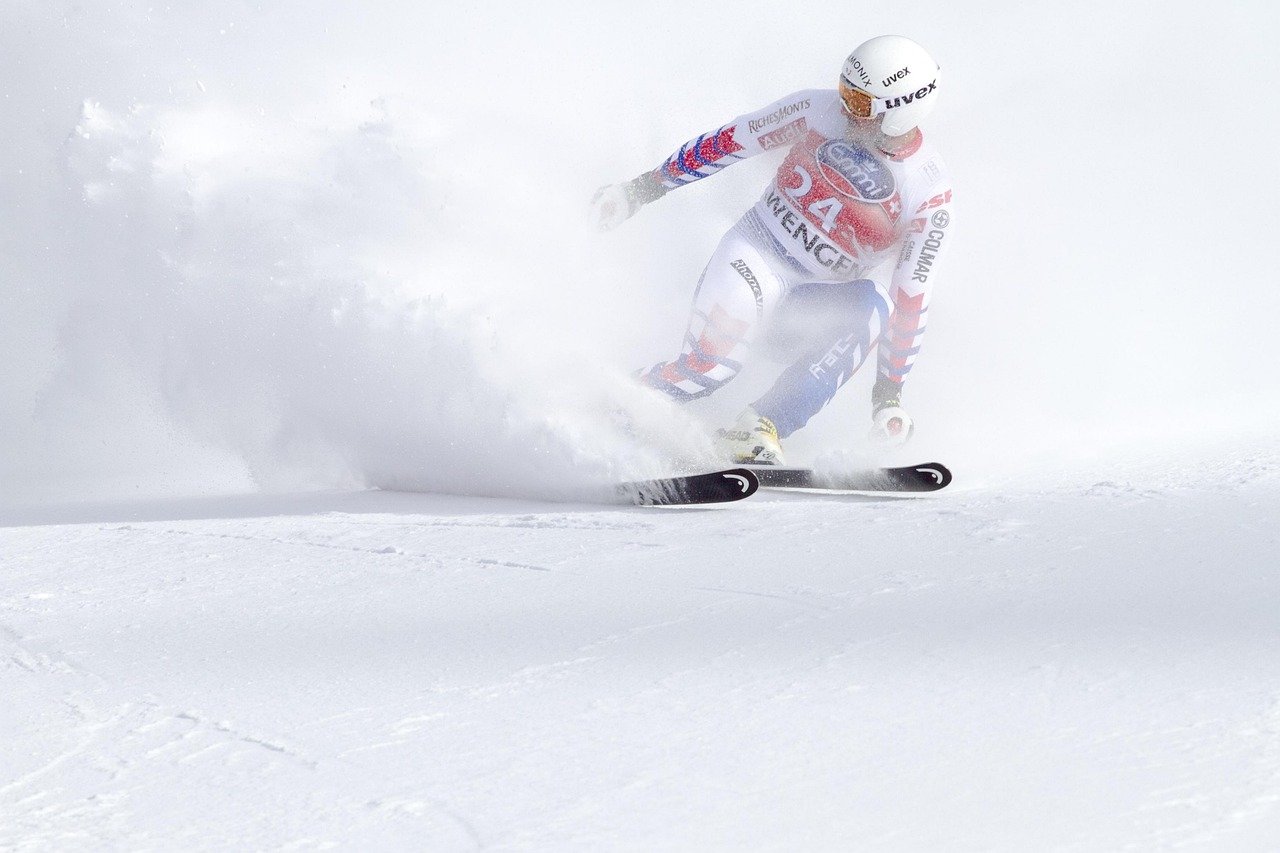Equestrian sports, often described as a partnership between horse and rider, showcase a remarkable blend of athleticism, grace, and precision. From the thrilling jumps of show jumping to the intricate movements of dressage, these disciplines offer a diverse range of challenges and rewards for both participants and spectators. Whether you’re a seasoned equestrian enthusiast or new to the world of horses, this comprehensive guide will delve into the exciting realm of equestrian sports.
The Diverse World of Equestrian Disciplines
Equestrian sports encompass a wide variety of disciplines, each demanding a unique set of skills and training. Understanding these differences is key to appreciating the depth and breadth of this captivating world.
Show Jumping: Agility and Precision
Show jumping is a dynamic sport that tests the horse and rider’s ability to clear a course of obstacles, including verticals, oxers, and combinations, within a set time.
- Key Elements:
Clear rounds (no faults) are essential.
Speed and accuracy are crucial.
Horses must possess athleticism, scope, and carefulness.
- Practical Example: A rider might practice gridwork exercises to improve their horse’s jumping technique and confidence. This involves setting up a series of small jumps in a line, gradually increasing the height and complexity.
- Competition Levels: Ranging from beginner classes to Olympic-level Grand Prix events.
Dressage: The Art of Precision and Harmony
Dressage, often referred to as “horse ballet,” is a discipline that emphasizes the harmonious development of the horse’s physical and mental capabilities. Riders guide their horses through a series of prescribed movements, demonstrating obedience, balance, and elegance.
- Key Elements:
Precise execution of movements.
Collection, extension, and lateral work.
Harmony between horse and rider.
- Practical Example: A rider might work on developing the horse’s “collection,” which involves engaging the hindquarters and lightening the forehand. This allows for more controlled and expressive movements.
- Competition Levels: From introductory tests to Grand Prix, judged on accuracy and artistry.
Eventing: The Ultimate Test of Horse and Rider
Eventing is a demanding three-day competition that combines dressage, cross-country jumping, and show jumping. It tests the horse and rider’s versatility, courage, and endurance.
- Key Elements:
Dressage: Demonstrates obedience and training.
Cross-Country: Requires boldness and stamina to navigate natural obstacles.
* Show Jumping: Tests fitness and accuracy after the endurance phase.
- Practical Example: Riders prepare for the cross-country phase by conditioning their horses over varied terrain and practicing jumping over logs, ditches, and water obstacles.
- Competition Levels: Ranging from beginner novice to five-star events, each with increasing difficulty.
Other Notable Disciplines
Beyond the “Big Three,” other equestrian disciplines offer unique opportunities for riders and horses:
- Endurance Riding: A test of stamina over long distances.
- Reining: A Western discipline focusing on horsemanship and athletic ability.
- Vaulting: Gymnastics performed on horseback.
- Driving: Controlling a horse or team of horses pulling a carriage.
- Polo: A team sport played on horseback.
Essential Equipment and Gear
Proper equipment is crucial for both the safety and performance of horse and rider.
Rider Gear
- Helmet: A certified riding helmet is non-negotiable for safety.
- Boots: Riding boots provide ankle support and protect the legs.
- Breeches/Jodhpurs: Designed for comfort and freedom of movement in the saddle.
- Gloves: Improve grip and protect the hands.
- Safety Vest: Recommended, especially for jumping and cross-country.
Horse Tack
- Saddle: Provides a secure and comfortable seat for the rider. Specific types exist for different disciplines (e.g., dressage, jumping, Western).
- Bridle: Consists of reins, bit, and headstall, used for communication and control.
- Bit: The mouthpiece of the bridle, used to communicate with the horse through rein pressure.
- Saddle Pad/Blanket: Provides cushioning and protection for the horse’s back.
- Girth/Cinch: Secures the saddle to the horse.
- Protective Boots/Wraps: Protect the horse’s legs from injury during exercise.
Example: Selecting a Saddle
Choosing the right saddle is essential for both horse and rider comfort and performance. Consider the discipline, the horse’s conformation, and the rider’s size and experience. A properly fitted saddle distributes weight evenly, preventing pressure points and allowing the horse to move freely. Consulting with a saddle fitter is highly recommended.
The Benefits of Equestrian Sports
Participating in equestrian sports offers a multitude of physical, mental, and emotional benefits.
- Physical Fitness: Riding improves balance, coordination, strength, and cardiovascular health.
- Mental Stimulation: Requires focus, problem-solving, and strategic thinking.
- Emotional Connection: Fosters a strong bond between horse and rider.
- Responsibility and Discipline: Caring for a horse teaches responsibility and discipline.
- Stress Relief: Spending time with horses can be therapeutic and reduce stress.
- Social Opportunities: Provides opportunities to connect with other equestrian enthusiasts.
- Statistics: Studies have shown that horseback riding can improve mental well-being and reduce symptoms of anxiety and depression.
Getting Started in Equestrian Sports
If you’re interested in getting involved in equestrian sports, here are some steps to take:
- Find a Reputable Riding Stable: Look for a stable with qualified instructors and well-cared-for horses.
- Take Beginner Lessons: Learn the basics of horsemanship, including safety, grooming, and riding techniques.
- Start with Groundwork: Building a relationship with a horse on the ground is crucial before riding.
- Consider Your Goals: Determine which discipline interests you most and focus your training accordingly.
- Be Patient and Persistent: Learning to ride takes time and dedication.
- Example: Before even getting in the saddle, new riders often spend time learning how to properly groom and tack up a horse. This teaches respect for the animal and introduces fundamental horsemanship skills.
- Join a Local Riding Club: Connect with other riders and learn about local events and competitions.
Conclusion
Equestrian sports provide a unique and rewarding experience, combining athleticism, artistry, and a deep connection with horses. Whether you’re drawn to the thrill of show jumping, the elegance of dressage, or the challenge of eventing, there’s a discipline to suit every interest and skill level. By understanding the different disciplines, investing in proper equipment, and prioritizing safety and horsemanship, you can embark on a fulfilling journey into the captivating world of equestrian sports. The bond between horse and rider is something truly special, and the rewards of this partnership are immeasurable.



